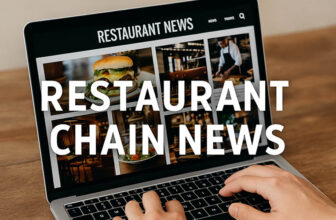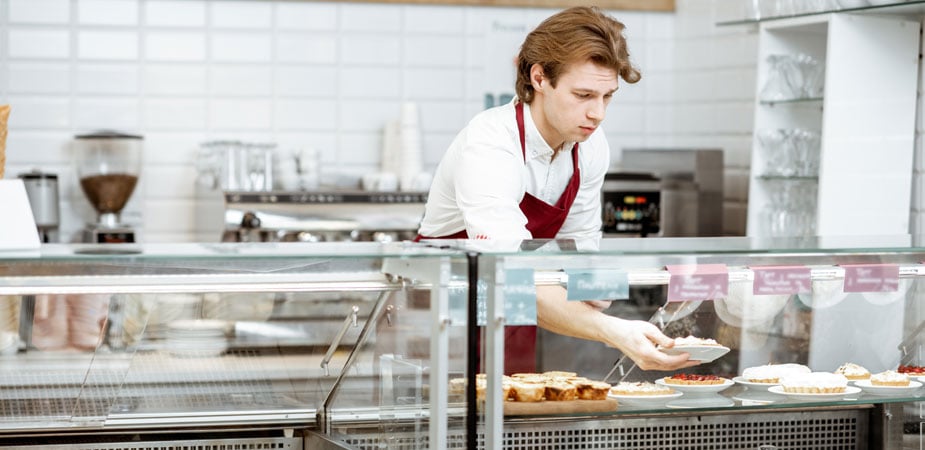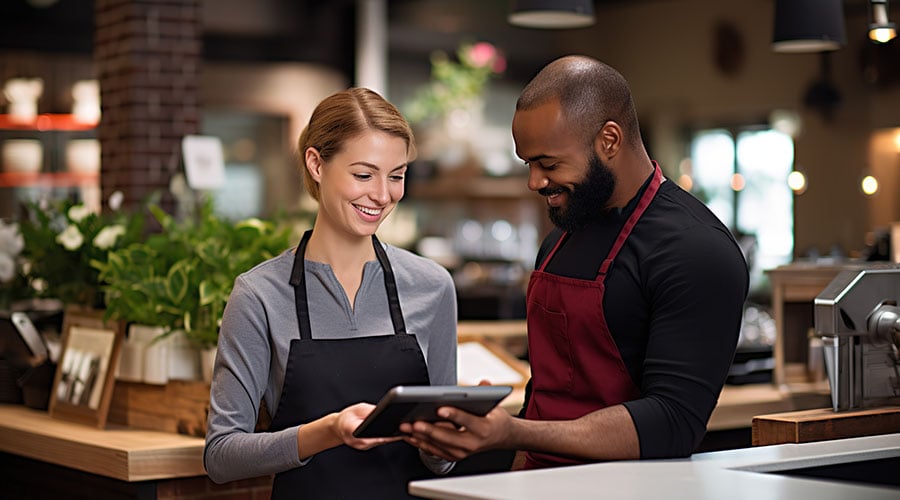
As a retailer your POS is the hub of your business. It’s more than just a way to process transactions – it’s a platform to increase productivity, improve customer experience and get data to drive growth.
With so many to choose from choosing the right POS can be daunting. To help you make the right choice we’ve got the 11 questions to ask when buying a POS.
Quick summary
- Do an audit of your business to make sure the POS you choose supports your operational goals.
- Be technology-first and choose a POS that meets your current needs and can grow with you.
- Make sure the POS can sync across multiple channels, physical and online stores. This is the key to a seamless customer experience.
- Choose a user-friendly POS that automates tasks and gives you data to improve productivity and service.
- Compare POS Systems to find your best POS system.
1. What to look for?
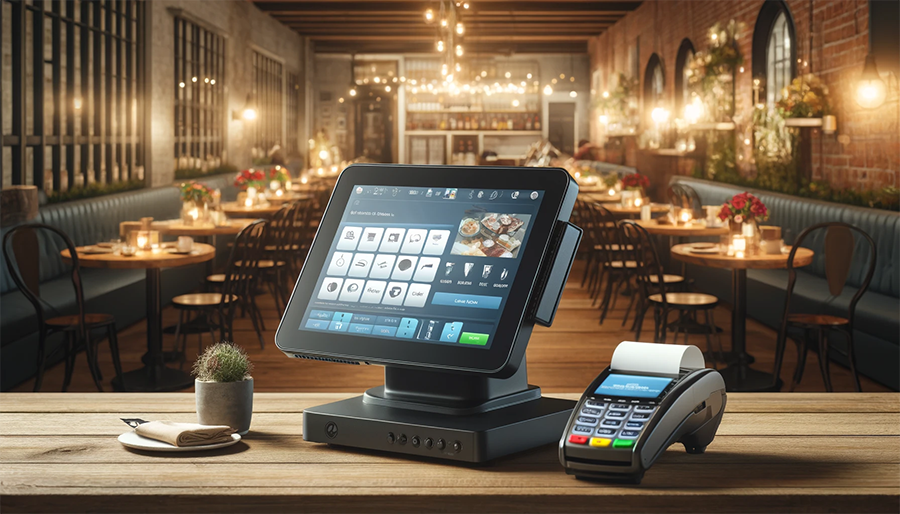
Table of Contents
- 1 Quick summary
- 2 1. What to look for?
- 3 2. Is onboarding, training, and support included with my purchase?
- 4 3. Is the POS cloud-based?
- 5 4. How does the POS manage inventory?
- 6 5. Does the POS improve my customer experience?
- 7 6. Does the POS have contactless payments and mobile?
- 8 7. Does the POS sync with my online store and physical store?
- 9 8. Does the POS collect sales, customer, and employee data?
- 10 9. Can the POS help me create targeted marketing campaigns?
- 11 10. Can the POS grow with my business?
- 12 11. Is the POS easy to use?
- 13 Conclusion
Choose the right POS features for retailers to meet their current needs and future growth. Do an audit of your operational needs and research what technology can help you achieve that.
Ask yourself:
For Retail:
- Do you want to be data driven?
- Do you want to grow your customer base?
- Do you sell online (or plan to)?
- Are there tasks that take employees too long? Can those be automated?
For Restaurants:
- Do you need menu management, including easy updates across all locations?
- Would table mapping and reservations help your operations?
- Is online ordering integration important for you?
- Can a kitchen display system help with order routing and efficiency?
A recent Retail Touchpoints study found 68% of retailers saw positive business results after implementing new technology. To survive retailers and restaurant owners must be technology-first.
By auditing your specific needs, you can choose a retail or restaurant POS software that not only simplifies daily operations but also sets your business up for long term success and growth.
2. Is onboarding, training, and support included with my purchase?
Installing a new POS system can be tough and having support is key.
Look for a POS merchant that offers:
- Support across multiple channels (phone, online, live chat)
- Onboarding sessions with product experts
- On-site installation, consultation, and troubleshooting
- Online help center
- Community forum with Q&A
- Training materials, step-by-step courses, videos, blogs, and webinars.
The right support resources let you get the most out of the POS system from day one. As the HubSpot study showed 93% of customers are more likely to make repeat business and be loyal after a great customer service experience.
Having a POS solution with a strong support team means you can get the most out of the features and functionality. This means optimized operations, more staff productivity and efficiency and ultimately better bottom-line results that justify the investment.
Training and support are key to a smooth implementation and continued success with your new POS. Don’t underestimate the value of having an experienced partner to help you through the transition and support you along the way.
3. Is the POS cloud-based?
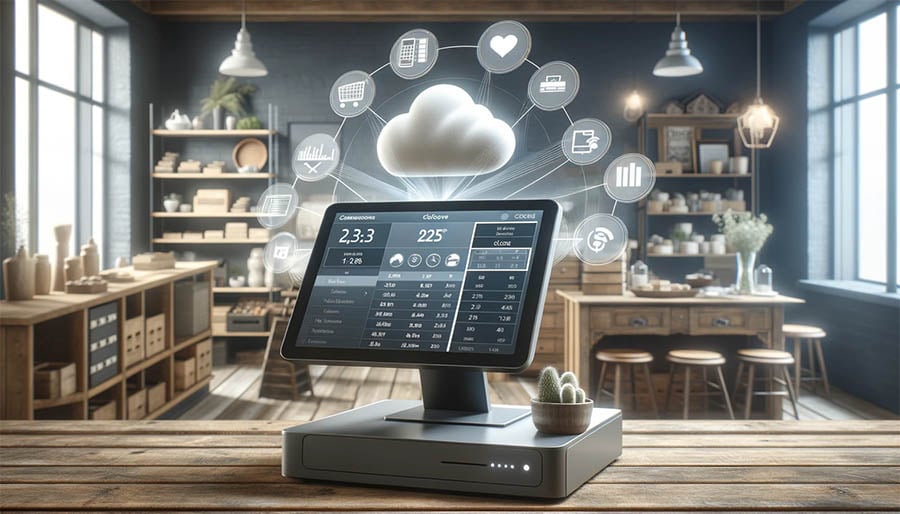
In today’s digital age a cloud-based POS is non-negotiable. It lets you access your business data from anywhere, eliminates the risk of hardware crashes and data loss, and automatic updates are handled by the provider.
Look for a system that offers:
- The ability to access your business information from anywhere, anytime
- Automated backups
- Works on all computers, tablets, and other mobile devices
- Centralized multi-location management
- Seamless integrations
According to a Global Market Insights report the cloud-based POS market was over $3 billion in 2021 and is expected to grow at over 20% CAGR from 2022 to 2028.
As the markets and market data shows demand for these cloud POS features is exploding as businesses see the operational agility, cost savings, security and ability to deliver a seamless omnichannel experience.
By going cloud-native you’re giving your business the modern, scalable and connected technology foundation to meet changing customer expectations and outpace competitors still using legacy systems.
4. How does the POS manage inventory?
Inventory management is key for both retailers and restaurants to avoid stockouts, reduce waste and meet customer demand. Let me break down the key inventory features to look for in a POS:
Look for a POS with:
For Retail:
- Stock levels per location
- Reports on best-selling brands and products
- Customizable reorder points to avoid stockouts
- Built-in purchase order (PO) workflows
For Restaurants:
- Ingredient level inventory tracking
- Automated purchase order generation based on menu item sales
- Inventory value reports for food cost management
- Alerts for expiring ingredients or low stock levels
The data driven inventory insights are crucial as studies show stockouts can lose over 40% of customers.
Restaurants with poor inventory practices can lose up to 10% in annual food waste so advanced inventory tools are essential to stay profitable with thin margins.
By using these inventory management features in their POS businesses can keep optimal stock levels, reduce waste and carrying costs and never miss out on sales due to stockouts.
5. Does the POS improve my customer experience?

In today’s competitive retail world, the focus on personalization is not a nice to have it’s a must have to attract and retain customers.
A Point-of-Sale (POS) system that can enhance customer interactions can improve service and efficiency and lead to higher customer satisfaction and loyalty.
Look for:
For Retail:
- Ability to look up product availability across all locations
- Upsell suggestions on products in a customer’s online shopping cart
- Customer profiles that store purchase history and preferred brands and sizes
For Restaurants:
- Table management and reservations
- Online ordering and delivery integration
- Loyalty program and customer relationship management (CRM) tools
- Tableside ordering and checkout
According to a McKinsey & Company study 76% of consumers want a personal in-store experience. By using a POS that enhances customer experience you can increase sales opportunities, boost brand loyalty and stand out in a crowded market.
By using a POS with these features you can increase sales opportunities, significantly boost brand loyalty and differentiate yourself in a crowded market.
With these in place you can meet modern consumer expectations and thrive in the changing business environment.
6. Does the POS have contactless payments and mobile?
Contactless payments and mobile are no longer nice to have’s they are must haves of a modern Point of Sale (POS) system. These are key to meeting today’s customer expectations and a seamless shopping experience.
When choosing a POS look for:
- Ability to process payments anywhere on a mobile terminal with no contact
- Wireless capabilities for pop up shops, tradeshows and other temporary events
- User friendly design that gives staff easy access to the information and tools they need
- Mobile device support (tablets and phones) that encourages customers to interact with your store
According to Irisys 60% of Americans will walk away from a store without completing a transaction if they have to wait more than 8 minutes to pay. This statistic proves the importance of a quick payment process.
By using a POS with contactless payment and mobile you can speed up the checkout process.
This minimizes wait times and overall customer satisfaction by providing a frictionless shopping experience that keeps up with current trends and consumer behavior.
7. Does the POS sync with my online store and physical store?
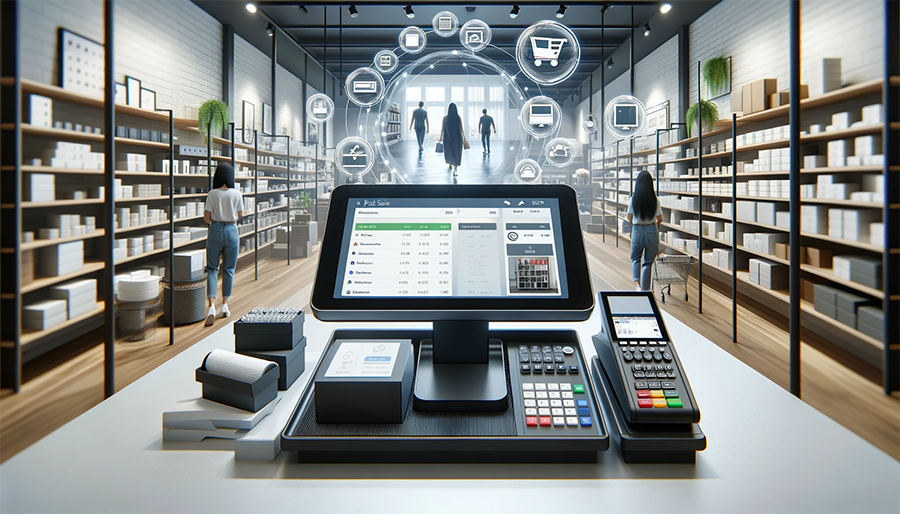
In today’s omnichannel retail world customers expect a seamless shopping experience across all channels. A good Point of Sale (POS) system that can sync your online store with your physical store is key to meeting these expectations and operational efficiency.
When choosing a POS look for:
- Sync your online and physical store and manage both from one platform
- Reports on total sales, sales by location and e-commerce sales
- Professional, customizable website templates
- Sell on social media and online marketplaces
According to Harvard Business Review 73% of shoppers use multiple channels during their buying journey. This statistic proves the importance of an integrated shopping experience.
Customers research online before buying in-store or vice versa and a disconnected experience can kill sales and customer satisfaction.
By syncing your online and physical store you can provide a brand experience and cater to customer’s changing habits.
8. Does the POS collect sales, customer, and employee data?
A POS with advanced data collection is the foundation of such strategic decision making. It helps you understand consumer behavior and optimize operations and service delivery.
Look for:
- Top and bottom selling products
- Top and bottom selling staff
- Busiest store hours or meal periods
- Top brands or menu items
- Online vs. in-store sales
- Customer purchase history
- Customizable dashboards
- Predictive analytics (forecast before you need to)
According to McKinsey & Company data driven businesses are 23 times more likely to acquire customers, 6 times more likely to retain them and 19 times more likely to be profitable.
These statistics prove how important it is to have a data driven POS in your business.
By using a POS that collects, analyses and interprets sales, customer and employee data you will gain more insight into your business and be able to make better decisions
9. Can the POS help me create targeted marketing campaigns?

While getting new customers is important, nurturing your existing customers gives you a higher return on marketing investment. Look for a POS that:
- Create customer profiles that save name, contact details, purchase history, preferred channel and more
- Segment your customer database into custom marketing audiences and personalize promotions
- Integrate with email marketing software
- Integrated loyalty programs
- Marketing performance tracking
According to Bain & Company a 5% increase in customer retention can increase profits by 25% to 95%.
This statistic proves how powerful targeted marketing and customer retention can be for your business.
By using your POS data and marketing you can attract new customers but more importantly cultivate deeper relationships with existing ones. This way your marketing dollars will give you a higher return on investment and customer loyalty and increased profitability.
10. Can the POS grow with my business?
A POS that can grow with your business not only handles increasing transaction volumes but also adds more features as your business expands and goes further.
Here are the features to look for in a POS that can grow with your business:
- Unlimited product SKUs or menu items
- Multi-location support
- Integrations with popular solutions like MailChimp, Google Analytics and QuickBooks
- Public API to allow software developers to build apps for your POS
- eCommerce and/or web functionality
According to Grand View Research the global POS software market is expected to grow at a CAGR of 10.8% from 2022 to 2030.
This growth means you need to invest in a POS that meets your current needs and can handle growth in the future, geographically and in services.
By choosing a POS with these features you can future proof your business and grow without having to change your system and incur costly and disruptive changes. A scalable POS is a foundation investment that supports your current business and your future strategy so as your business grows your operational capabilities will too
11. Is the POS easy to use?
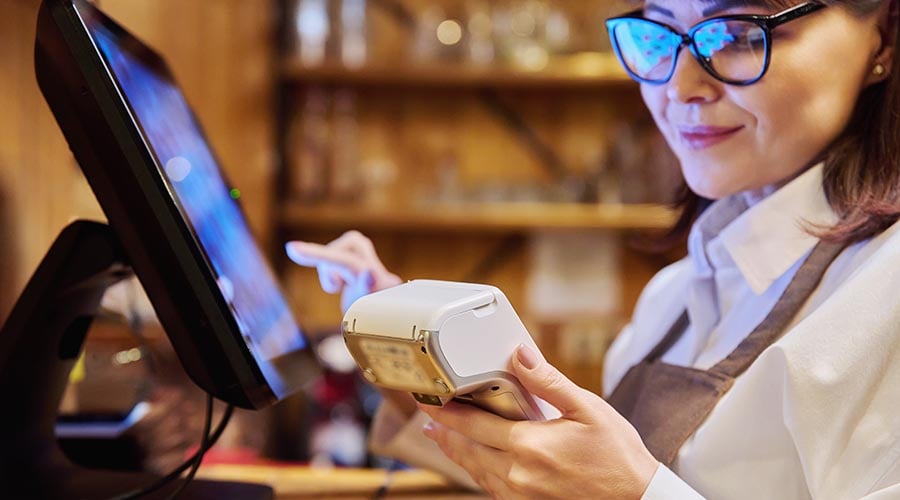
A user-friendly POS is key to increasing staff productivity and improving the overall customer experience. When choosing a POS, the focus should be on systems that not only process transactions but also contribute to daily operations by being intuitive and easy to use.
Here are the features to look for in a user-friendly POS:
- Intuitive interface to reduce training time
- Secure logins
- Real-time inventory with access to inventory levels across multiple locations
- Customization options to suit your business
According to Forrester Research investing in UX pays off big time, every dollar invested returns $100.
This ROI is huge and proves how important UX is to business success.
A well-designed POS can simplify operations, reduce staff workload and speed up service all of which contributes to better customer experience and business outcomes.
Conclusion
In summary choosing a point of sale (POS) system is key for business leaders who want to grow and simplify.
As mentioned in the article the features like inventory management, multi-channel integration and deep data analytics are must haves to stay competitive in a fast-changing market.
And user-friendly interfaces and cloud-based architecture can’t be overstated as they are key to business continuity and scalability. For executives and decision makers looking to refine their operations and customer engagement choosing a POS system goes beyond transactional features
I highly recommend you read our POS system buyers’ guide and the definitive guide on POS system pricing. These resources are packed with information and practical advice to help you make the right decision.


